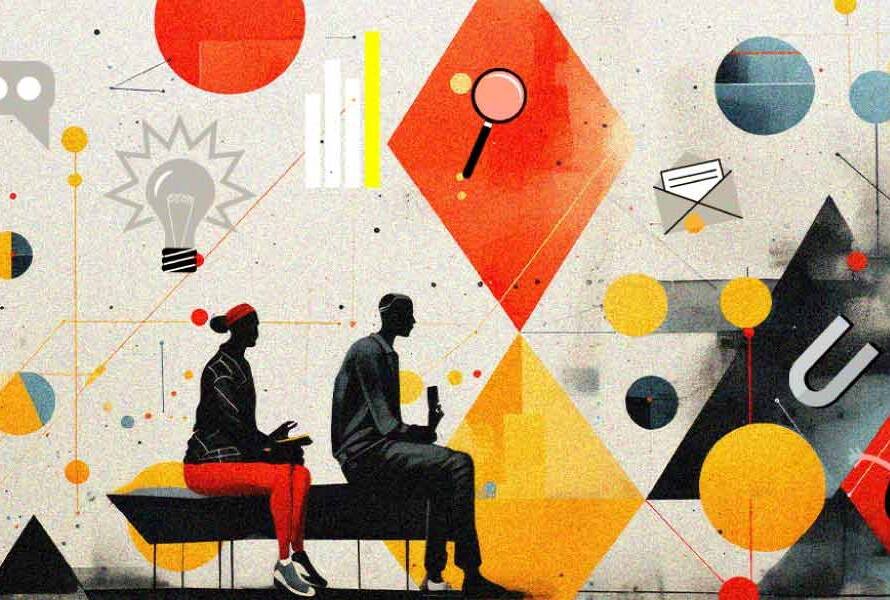Imagine walking into a room painted a vibrant sunshine yellow. Does it instantly lift your mood? Or perhaps stepping into a calming space cloaked in serene blue washes away your worries. Every color we encounter tells a story, evokes an emotion, and plays a powerful role in our subconscious. In design, colors aren’t merely aesthetic choices; they’re silent ambassadors, shaping how we perceive and interact with the world around us.
Think back to the red “Stop” sign, its urgency impossible to ignore. Or the calming green of a hospital waiting room, intended to soothe frayed nerves. Colors have the power to grab our attention, guide our actions, and influence our moods. This isn’t mere happenstance; it’s the fascinating science of color psychology at play.
Dancing with Hues: A Palette of Emotions
Imagine a fiery red, bursting with passion and energy. It can grab attention like a siren song, perfect for branding a fast-food chain or a daring fashion line. But use too much, and it can become overwhelming, even aggressive. In contrast, cool blues evoke feelings of trust, security, and peace. Think calming ocean waves or the vast expanse of the sky. This makes blue a favorite for financial institutions and healthcare providers, aiming to build confidence and tranquility.
But the story doesn’t end there. Each color has its own spectrum of shades and tones, adding further nuance to the emotional language. A soft, dusty rose whispers romance and femininity, while a bold magenta exudes confidence and creativity. Even cultural contexts play a role. In China, white signifies mourning, while in Western cultures, it represents purity and new beginnings.
Colors that Captivate: A Sensory Journey
Some colors have a unique ability to transport us, sparking vivid experiences:
- Emerald Green: Lush and invigorating, it evokes the freshness of nature, making us feel grounded and revitalized. Imagine a spa adorned in emerald hues, instantly transporting you to a serene forest sanctuary.
- Terracotta: Earthy and warm, it brings to mind sun-baked landscapes and cozy autumn afternoons. Picture a restaurant using terracotta tones, creating a welcoming and inviting atmosphere.
- Indigo: Deep and mysterious, it inspires introspective thought and artistic expression. Imagine an art gallery bathed in indigo, setting the stage for exploration and contemplation.
The Artful Palette: Using Color with Intention
As designers, understanding the emotional power of colors unlocks a potent tool. By choosing colors that resonate with the intended message and audience, we can create experiences that go beyond the visual, leaving a lasting emotional impact. So, the next time you design, remember – colors aren’t just decoration; they’re an intricate language waiting to be spoken, shaping perceptions and guiding emotions. Use them wisely, and watch your designs come alive, not just visually, but in the hearts and minds of your audience.




